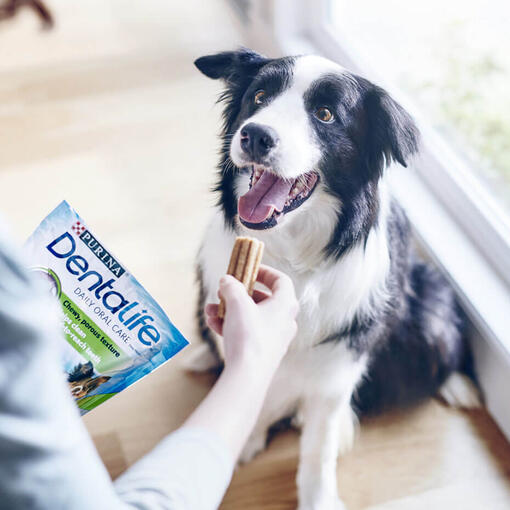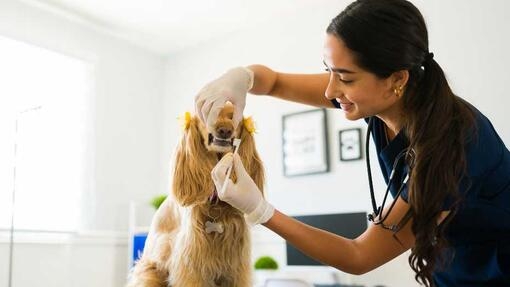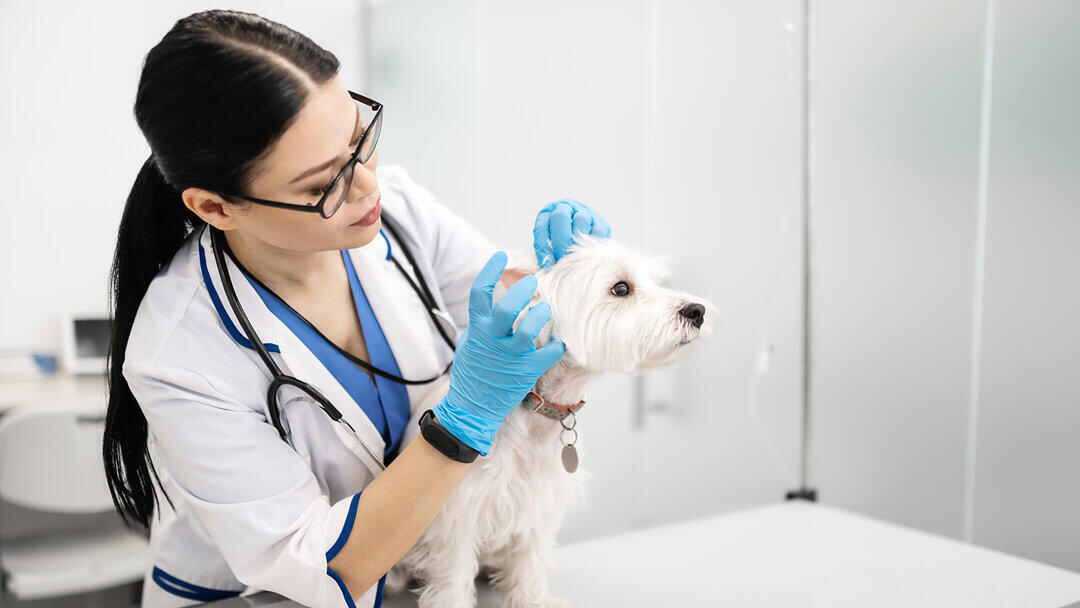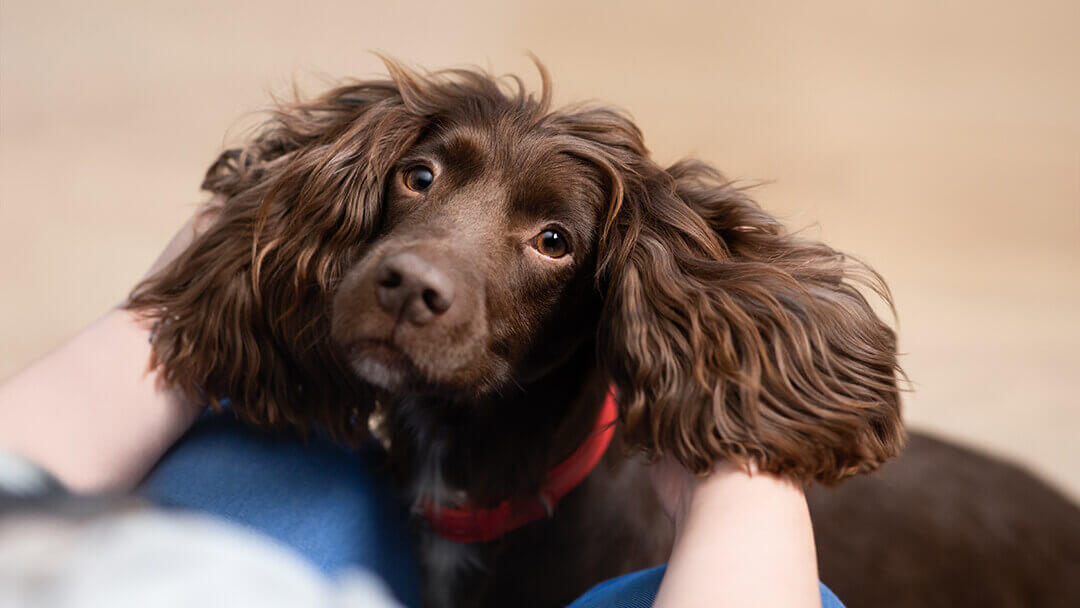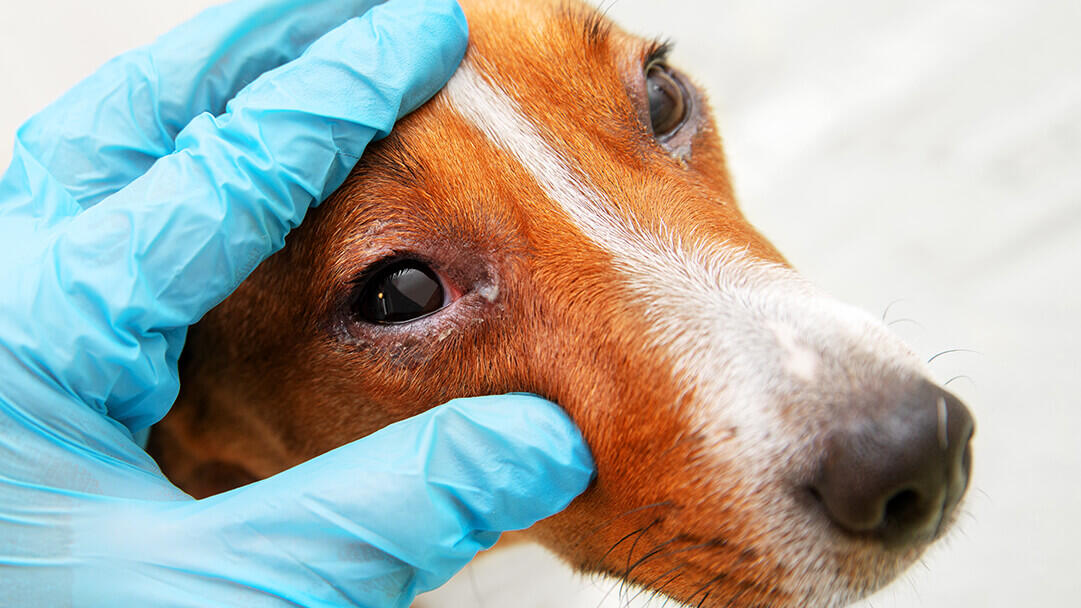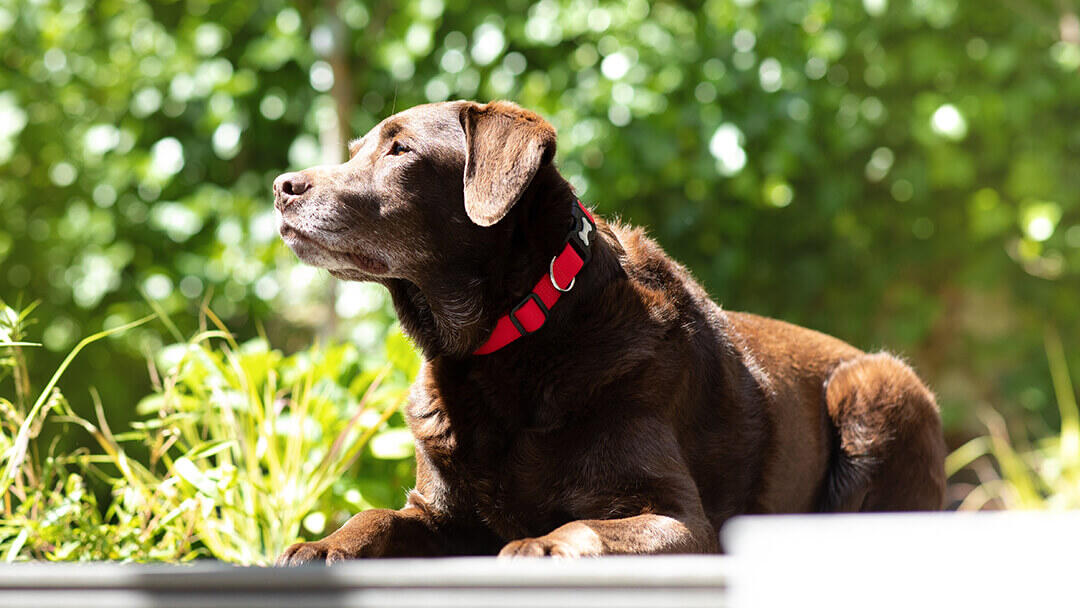Dog Abscess: What to Look Out For & Best Treatment

Have you noticed an unusual swelling on your dog’s body? Wondering if it could be an abscess?
Dogs can develop them just like humans and cats. Although they may not be as immediately noticeable in dogs due to all their luscious fur, they can nevertheless cause pain and discomfort. Keep reading to find out more about dog abscesses, how to tell when your best friend is affected and what to expect when you take them to the vet to be treated.
What are dog abscesses?
A dog abscess is a pocket of pus that can appear anywhere on their body: under the skin, at the root of a tooth, in the anal glands or on the paws. More rarely, abscesses can even show up internally in the liver, brain and other organs. The swelling is due to both the pus itself, which is an accumulation of white blood cells and bacteria, but also inflammation of the surrounding tissues. Abscesses are almost always due to an infection, although this may be secondary to another underlying cause.
What are the signs of an abscess in dogs?
A sudden, unusual swelling is the typical sign of an abscess. But you should keep an eye out for other clinical signs (or symptoms) as well. These will differ depending on the area where the abscess has developed. For skin abscesses, you should expect one or more of the following signs:
- Swelling
- Redness
- Hair loss around the affected area
- Biting or licking a particular area
- Fluid oozing out of the abscess if it starts to burst. This might be difficult to spot due to your pet’s fur, but a strong odour usually accompanies the pus coming from the abscess.
What are the signs of a tooth abscess in dogs
If you’re worried an abscess may be affecting one of your dog’s teeth, here are the most common symptoms:
- Swelling
- Reluctance for you to touch their face
- Lack of appetite
- Lethargy
- Drooling
- Fever
- Bad breath
However, your dog may not show any of these signs. Dogs are very stoic when dealing with dental pain and it’s very rare for them to go off their food. Tooth root abscesses are often present for a long time before they’re noticed, and signs can be subtle. Some owners will only notice a change in their dog after the abscess is treated, as they may become more playful and happier once the pain is gone.
If you notice any of the above signs or any swelling that is unusual, contact the vet to have your dog checked out. Dog abscesses are usually easy to treat, but if left to develop they can lead to more serious issues, especially if the infection stays in the body for too long or it starts to spread. Plus, remember that the abscess will also be making your pup feel uncomfortable. So, the quicker you and the vet come up with a plan to treat it, the faster you can get your friend to feel better and happier.
What are the causes of abscesses in dogs?
Wounds or scratches are the main causes of skin abscesses. This is because they provide bacteria the opportunity to get into your dog’s system. The wound closes as the skin heals, but bacteria trapped under the skin may cause an abscess to form.
Biting or scratching hot spots and insect bites can also start the same process of bacteria accumulation and can lead to an abscess. Abscesses also commonly form around trapped grass seeds or thorns that have become trapped in the skin.
Dog tooth abscesses are caused by poor dental health or trauma in the mouth area due to foreign objects or broken teeth; this is one reason why your vet may recommend extracting fractured teeth. You can find out more about how to take care of your dog’s teeth with our helpful guide.
Anal gland abscesses are also relatively common in dogs. These can occur secondary to underlying allergies or disease, or as a result of the anal glands becoming overly full and impacted.
How are abscesses treated in dogs?
Your vet will be able to assess the severity of your dog’s abscess and recommend the best treatment. This usually involves pain relief alongside antibiotics which will have to be given to the dog for as long as the vet prescribes to fully eradicate the bacteria, even if the pet’s condition improves during the treatment.
The vet will likely also try to remove the pocket of pus by draining it or intervening surgically; this is especially important if foreign material like a grass seed is present.
For tooth abscesses, treatment usually consists of extracting the affected tooth. Antibiotics aren’t usually recommended without extraction as the abscess is highly likely to return in a short space of time.
You may be asked to return in a week or two so the vet can assess any changes in the way the affected area looks and how the dog is responding to the treatment.
What to do if your dog’s skin abscess bursts?
The first thing you need to do is clean and disinfect the area as best as you can. Wipe the pus away with a piece of clean cloth or cotton wool and gently bathe the area with dilute salt water. Remember to be gentle to avoid causing too much discomfort to your pup; if they are too painful, you should leave the area alone and prioritise seeing your vet. If there is bleeding, apply gentle but firm pressure until it stops. To make cleaning easier, you can also clip the fur around the area if tolerated.
You should then see your vet to make sure the abscess is fully drained and there are no more bacteria that can kick-start the process of forming a skin abscess again. The vet will also help you identify the cause and recommend ways to prevent it from happening in the future.
Depending on the area and severity of the abscess, the dog might be prescribed antibiotics and pain relief as well.
Can you prevent dog abscesses from forming again?
Although there is no absolute certainty that your dog won’t be back at the vet with an abscess, there are a few things owners can do to help minimise the risk.
Treating wounds
Keep an eye on wounds and scratches. As soon as you identify one, clean it with dilute salt water. Discuss with your vet if there are any topical disinfectants you could use at home to prevent wounds from getting infected. The priority for most wounds is to give them an initial clean, then keep them dry and away from dirt to let the body heal; using ointments and creams can slow this process.
Flea prevention
Parasites like fleas can also lead to skin abscesses in dogs. Whether it’s the bite itself or your dog scratching it too much, bacteria can find its way into the affected area which may lead to abscesses. Ask your vet what are the best ways to deal with fleas and check out our guide to recognising and preventing dog fleas.
Keeping teeth clean
Keeping on top of your dog’s dental hygiene is the best way to keep the chances of tooth abscesses low. Dog teeth cleaning is important and should be part of your daily routine together. If not possible to clean your dog’s teeth every day, aim to do so at least 3-4 times each week. Consider adding dog dental chews or Veterinary Oral Health Council-approved dental supplements to your pet's dental care routine to help keep their gums and teeth healthier.
Anal gland check-ups
If your dog shows signs of scooting or bothering their back end, get their anal glands checked by your vet. Some dogs need regular anal gland expression to prevent them from over-filling and becoming impacted.
We hope you found our guide to dealing with dog abscesses helpful. If you're looking for more dog hygiene tips, read our dog grooming guide, next.

